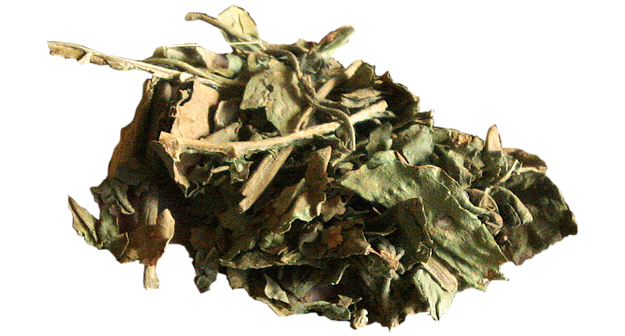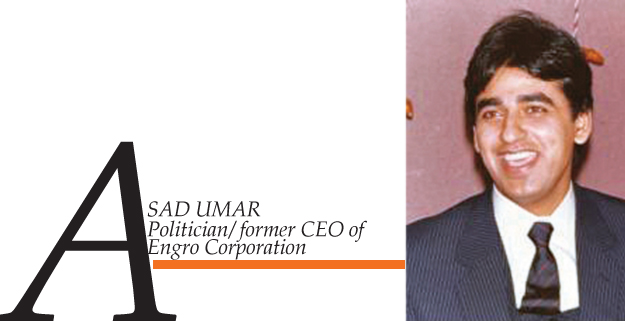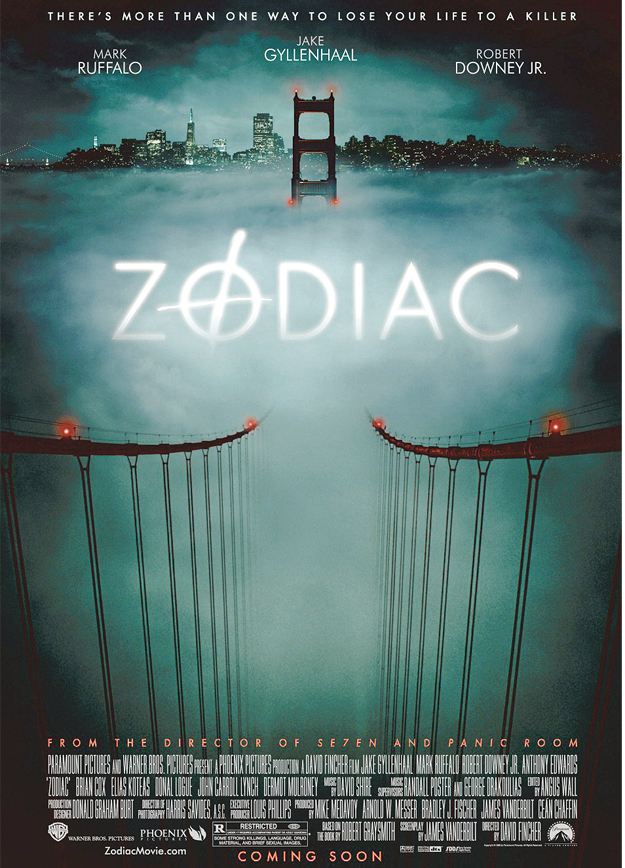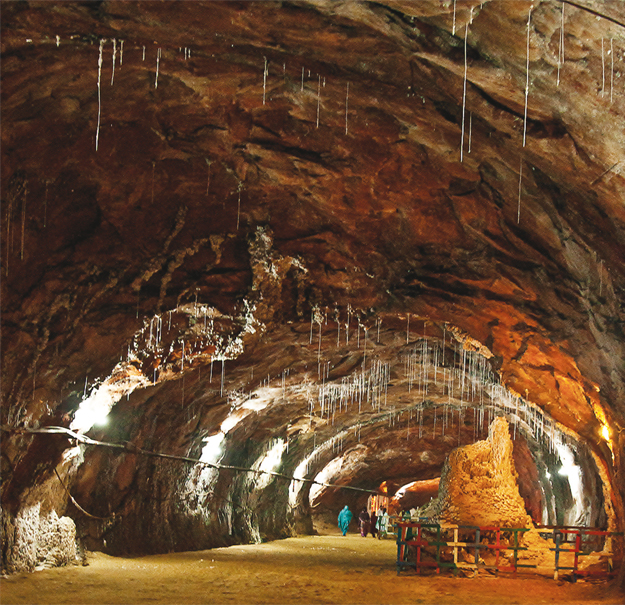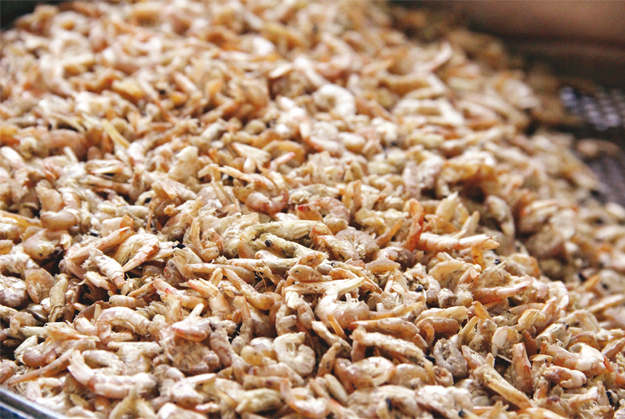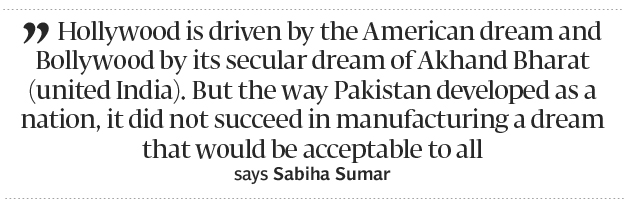![]()
Certain milestones in life come with too much pressure. Turning 25 or having lived a quarter of your life features prominently on that list.
Perhaps it is the pressure of graduating from adolescence to adulthood for good and having something worthwhile to show for it. Or maybe it is the looming threat of a quarter life crisis that might leave you feeling lost, lonely and confused.
There is also the added pressure from those around you with countless lists defining what one should or should not have done, seen, felt or experienced by the time they make that life-altering leap towards turning 25.
So, instead of assessing yourself using theoretical benchmarks, let’s take a look at what some accomplished people in Pakistan were doing at that defining age and whether there are any standard formulas for nailing it.
![]()
Q. Where were you at the age of 25 and what were you doing?
I had just returned from the United States after completing my studies and joined the Pakistan Administrative Staff College, Lahore — the country’s premier training institution for civil servants. I was the youngest member of their teaching faculty and was training new entrants to Foreign Service.
Q. Were you involved in the same field that you are today?
Not at all. I was in the field of education and professional training of new civil servants. But since 1977 was the ‘summer of discontent’ in Lahore with the Pakistan National Alliance (PNA) agitation at its peak, I used to go to political rallies, sometimes driven by my colleague and friend, Ambassador Akram Zaki, or the now Senator Kamil Ali Agha on his motorbike because he knows the inner city of Lahore like the palm of his hand.
Q. Did you ever think you would be this successful some day?
There was always a desire to excel and an ambition to succeed in whatever one was endeavoring to do, but I had no idea that destiny would be so kind.
Q. If you met your 25-year-old self today, what advice would you give to the young Mushahid?
Treat life like a marathon race with all its twists and turns and ups and downs. Never give up, have faith in the future and, given a bit of luck, you’ll Inshallah make it!
![]()
Q. Where were you at the age of 25 and what were you doing?
I was in Lahore, working as a guest relations manager at Intercontinental Hotel. I worked there for a year and received a regional award for my performance. But as luck would have it, I was offered a role in Shehzad Khalil’s play Panah Do at the same time. I accepted the offer and my life changed completely that year.
Q. Did you ever think you would be this successful some day?
I think I was focused and confident. But it was always others people who made decisions for me. I should have done what I wanted to do from a much earlier age.
Q. If you ran into your 25-year-old self today, what advice would you give her?
If I meet that long-haired girl with her big eyes, full of dreams, I would stop her from refusing all the opportunities that had come her way. From theatre to modelling, to films to TV, I would urge her to try everything.
![]()
Q. Where were you at the age of 25 and what were you doing?
I was in Lahore and a mother of two at the time. I spent my days looking after them and nurturing my tiny budding tailoring enterprise that I had started in my verandah.
Q. Did you ever think you would make it someday?
I never stopped to think. I was always doing six things at the same time.
Q. If you met your younger self today, what would you tell her?
When it comes to going after what you love in life, don’t take no for an answer. Live your passion and try to get rid of anything that isn’t useful, beautiful or joyful.
![]()
Q. Where were you at the age of 25 and what were you doing?
I was playing cricket, listening to classical music by Baray Ghulam Ali sahib and Ravi Shankar along with the usual pop bands of the time such as Rolling Stones, The Beatles and The Beach Boys. I also had my own band called ‘Knights’ and I used to play the guitar with them. There were five places around the city that used to host parties, with Waheed Murad’s residence being one of them. I remember performing there for Rs500 per night. When I wasn’t performing, I used to paint every night from 10pm to 1am.
Q. At the time, did you ever think you would be this successful?
Tha, yaqeen tha. Kyon kay meri per-nani kehti thin, jab mein unsay chaar annay mangta tha, tou who yeh kehti thin, hum nahin hoon gay magar tu aik din bara aadmi banay ga (Yes, I think I knew even then. When I used to go to my great grandmother to ask for money, she used to say that I would be famous one day but she won’t be around to see it.)
Q. If you met your 25-year-old self today, what advice would you give him?
Hum Musalmaan hain, humara aik hi janam hota hai! Hum doosray janam ko nahin mantay hain! (We are Muslims, we only have a single lifetime, and hence we must achieve whatever we want in this life)
![]()
Q. Where were you at the age of 25 and what were you doing?
I had just gotten done with my college in USA and had returned to Pakistan. Once I came to Karachi, I headed straight to the Sindh Assembly to see the proceedings where I met Hameed Haroon in the gallery who dragged me to the DAWN group. The rest as they say, is history.
Q. Were you clear about what you wanted to do even then?
I was cutting my teeth as a journalist. I loved it then, I love it even now. Ink is in my veins.
Q. Did you ever think you would be this successful some day?
At 25, I thought the world was my oyster. It’s better than that today.
I found the pearls with it as well, my family.
Q. If you met your 25-year-old self today, what advice would you give to the young Sherry?
Worry less. Stop being anxious about how much you haven’t done. Take some time out for yourself. Plant a few more trees. Back-up your files. Learn how to paint.
![]()
Q. Where were you at the age of 25 and what were you doing?
I was in Karachi, working as a business analyst at Engro at the time. My first job was in HSBC, which I left in February 1985 to join Engro. I became CEO of one of Engro’s subsidiaries at the age of 36 and was serving as CEO of Engro by the age of 42.
Q. Did you ever think your life would follow the trajectory that it did?
No. I was in the corporate sector back then and now I am in politics. I don’t think I ever even thought about becoming a CEO back then. It never occurred to me. I didn’t plan it.
Q. If you met your 25-year-old self today, what would you tell him?
Follow your passion and concentrate on doing things that matter, such as striving to change society for the better. Achieving goals of an immediate nature like getting a promotion or a raise are far less important than following one’s true passion.
![]()
Q. Where were you at the age of 25 and what were you doing?
I was in Pakistan until June and working as a model. I did some fantastic campaigns and shows during the time and also worked briefly at an advertising firm. Side by side, I also dabbled in TV dramas and worked on Rosy with Sahira Kazmi. In June the same year, I got married and moved to Houston, Texas. Over there, I enrolled in an art programme for painting and sculpture and also got admission for my Master’s degree in art. I was also a housewife and was cooking, cleaning and painting at the same time.
Q. Did you ever think you would become one of the pioneers for event management in Pakistan one day?
Yes! I was very ambitious then also. I had already graduated top of my class. I had honorary admissions in Ivy League graduate schools like Columbia and University of Pennsylvania, but I wanted to be an artist and sculptor. I was also a supermodel and had offers to work in Bollywood films, but I never thought I would become a producer and CEO of the leading event/public relations company, let alone the first modelling agency in Pakistan!
![]()
Q. Where were you at the age of 25 and what were you doing?
I was in London, working as a British Civil Servant in the then department of health and social security.
Q. Did you ever think your life would follow the trajectory that it did?
Absolutely not — a career in life insurance had never even crossed my mind.
Q. Did you ever think you would be this successful some day?
Success is relative. But I did have high standards, and even though I wasn’t married at that time, I always wanted to be in a position where I could provide a good quality of life for those who were going to be dependent on me.
Q. If you met the 25-year-old Taher today, what advice would you give him?
Don’t be influenced by the limited expectations of people around you. Aim high and always stay true to your commitments.
![]()
Q. Where were you at the age of 25 and what were you doing?
It had just been a year since I started modelling. I was only working for people I knew earlier, but that year I started doing it professionally. That year, I also acted in my first PTV play Kal. Also, a fashion publication did the first write-up on me and my first cover for Fashion Collection was also released that year.
Q. At the time, did you think you would become a modeling sensation one day?
No, no, not at all! I had gone into modeling right after I got out of college. My friends were shocked that I’d become a fashion model because I used to be a complete introvert. But as we speak today, I think I have come full circle since I have gone back to being an introvert.
![]()
Q. Where were you at the age of 25 and what were you doing?
I was working as an assistant commissioner and sub divisional magistrate in Nawabshah at the time.
Q. Did you ever think your life would follow the trajectory that it did?
No. I am currently engaged in academia and not in public policy and civil service, but I had set goals for myself to always strive for excellence in whatever field I chose. As a student, my degree was in chemistry. After joining the Civil Services, I found that education was of very little use and I had to acquire new skills. I had just gotten married but I decided to switch gears and went to Williams College for my Masters in development economics. My first child was born while I was studying there and that time was very taxing, emotionally and financially. But I didn’t give up the struggle and went abroad again to pursue my PhD. I had two young kids and a very minimal stipend, which wasn’t enough to support a family. But all the hard work paid off when I was selected by the World Bank through an open international competitive selection process.
Q. If you met your 25-year-old self today, what would you tell him?
Whatever you choose to do, try to put in your best efforts. Don’t look for shortcuts, and be sincere and committed. Allah will confer His blessings on you.
![]()
Q. Where were you at the age of 25 and what were you doing?
I was a counselor and was campaigning for Air Martial (Retd) Asghar Khan’s Tehrik-e-Istaqlal.
Q. Did you ever think you would be this successful some day?
I was sure that one day I would be the MNA from Rawalpindi city.
Q. If you met your 25-year-old self today, what advice would you give to your younger self?
If I had a chance to meet the young Sheikh Rasheed, I would have told him, “Well done and thank you young man, you have provided me [a] base for my success.”
Success may take various forms. Some people grow up knowing exactly what they want, and life for them is a series of carefully maneuvered steps tailored to achieve that. Others are wanderers, keen to carve their own path, even if that means a life of endless trial and error. Some might get it right in the first attempt while others have to continue reinventing themselves for decades. To keep trying is almost as important as getting there, and hence age, gender and social background should be treated as variables. As the famous American baseball player Satchel Paige once said, “How old would you be if you didn’t know how old you was?” A question we should all ask ourselves once in a while.
Published in The Express Tribune, Sunday Magazine, October 27th, 2013.





